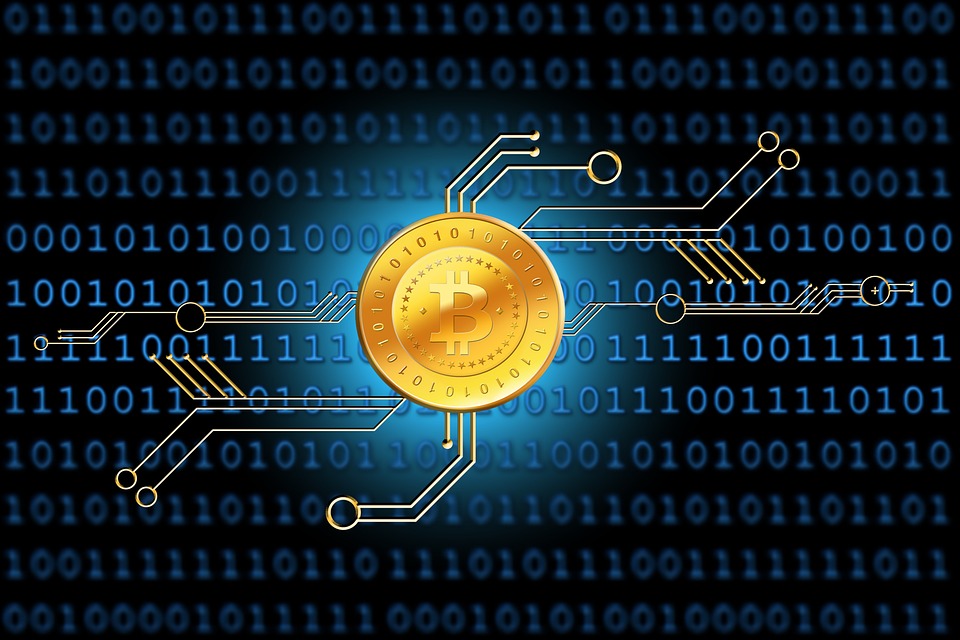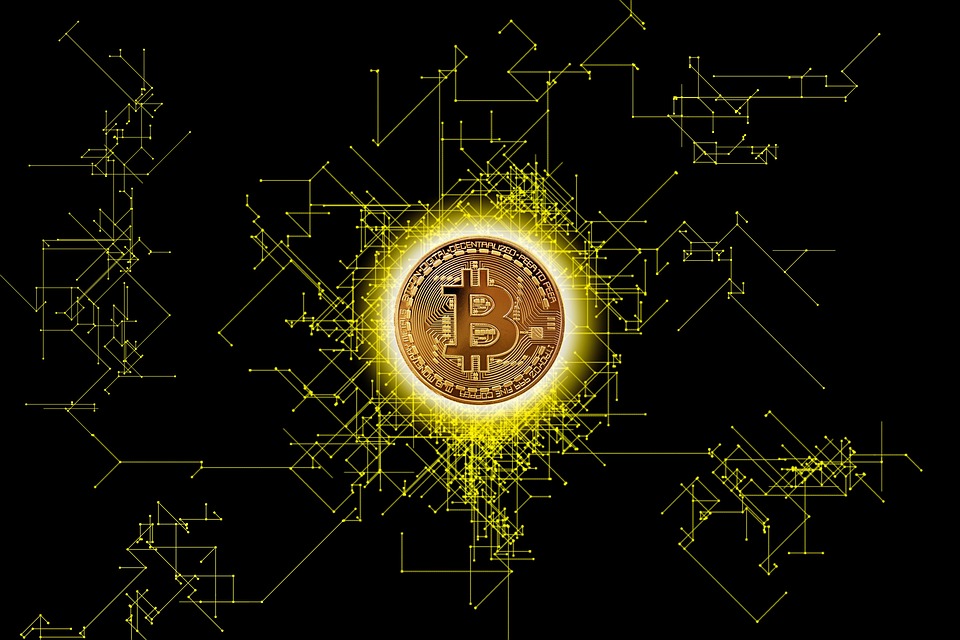Introduction
In the world of mathematics and finance, few concepts have captured the imagination and interest of both experts and the general public like Pi and Bitcoin. While Pi is a mathematical constant that has been known and studied for thousands of years, Bitcoin is a relatively new digital currency that has revolutionized the financial landscape. This article aims to provide a comparative analysis of these two seemingly disparate entities, exploring their significance, applications, and the impact they have on their respective fields.
Understanding Pi
The Mathematical Constant
Pi (π) is a mathematical constant representing the ratio of a circle’s circumference to its diameter. It is an irrational number, meaning it cannot be expressed as a simple fraction, and its decimal representation is infinite and non-repeating. Pi is approximately equal to 3.14159, but its exact value extends indefinitely. It is a fundamental element in various mathematical and scientific calculations, particularly in geometry, trigonometry, and calculus.
Applications of Pi
Pi is crucial in many areas of mathematics and science. Engineers and architects use it to design structures and calculate areas and volumes. In physics, Pi is vital in formulas related to waves, oscillations, and circular motion. Its significance extends beyond pure mathematics, influencing fields such as statistics, probability, and even the arts, where it is used to create aesthetically pleasing designs and patterns.
Understanding Bitcoin
The Digital Currency
Bitcoin is a decentralized digital currency, invented in 2008 by an anonymous person or group of people using the pseudonym Satoshi Nakamoto. It was introduced as an open-source software in 2009. Bitcoin operates on a peer-to-peer network, allowing users to conduct transactions directly without the need for intermediaries such as banks. The currency is based on blockchain technology, which ensures secure and transparent transactions.
Applications of Bitcoin
Bitcoin has transformed the financial industry by providing an alternative to traditional currencies and payment systems. It offers a secure, fast, and low-cost method of transferring money globally. Bitcoin is also seen as a store of value, often referred to as “digital gold.” Its decentralized nature makes it attractive to individuals seeking financial privacy and independence from governmental control. Additionally, Bitcoin has paved the way for the development of thousands of other cryptocurrencies, collectively known as altcoins.
Comparative Analysis
Historical Significance
Pi has a rich history, with its origins tracing back to ancient civilizations such as the Babylonians and Egyptians. It has been a subject of fascination for mathematicians throughout history, contributing to significant advancements in mathematical theory. Bitcoin, on the other hand, is a modern phenomenon, emerging in the early 21st century. Despite its relatively short history, it has already made a substantial impact on global finance and technology.
Impact and Influence
Pi’s influence is primarily within the realm of mathematics and science, providing a foundation for countless theories and applications. Its importance is universally acknowledged and remains constant over time. Bitcoin’s impact is more dynamic, affecting the financial markets, economic policies, and technological innovations. Its value and significance fluctuate based on market conditions, regulatory changes, and technological advancements.
Conclusion
While Pi and Bitcoin operate in vastly different domains, they share a common thread of being pivotal in their respective fields. Pi represents the timeless nature of mathematical discovery, while Bitcoin symbolizes the transformative power of digital innovation. Both have captured the curiosity and interest of people worldwide, each in its unique way. As we continue to explore the depths of mathematics and the potential of digital currencies, the influence of Pi and Bitcoin will undoubtedly persist, shaping the future of their respective arenas.




